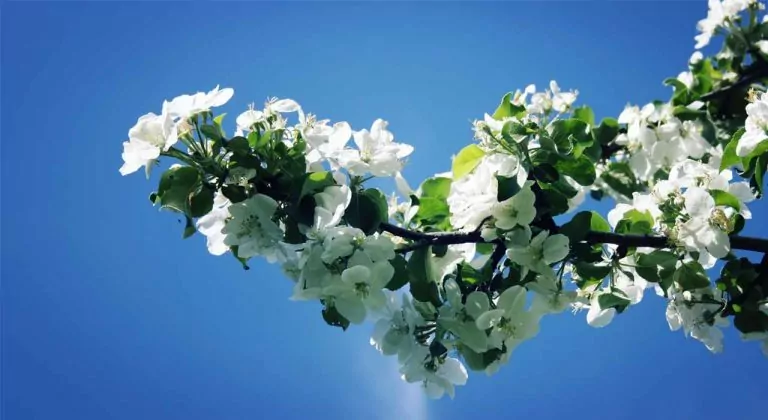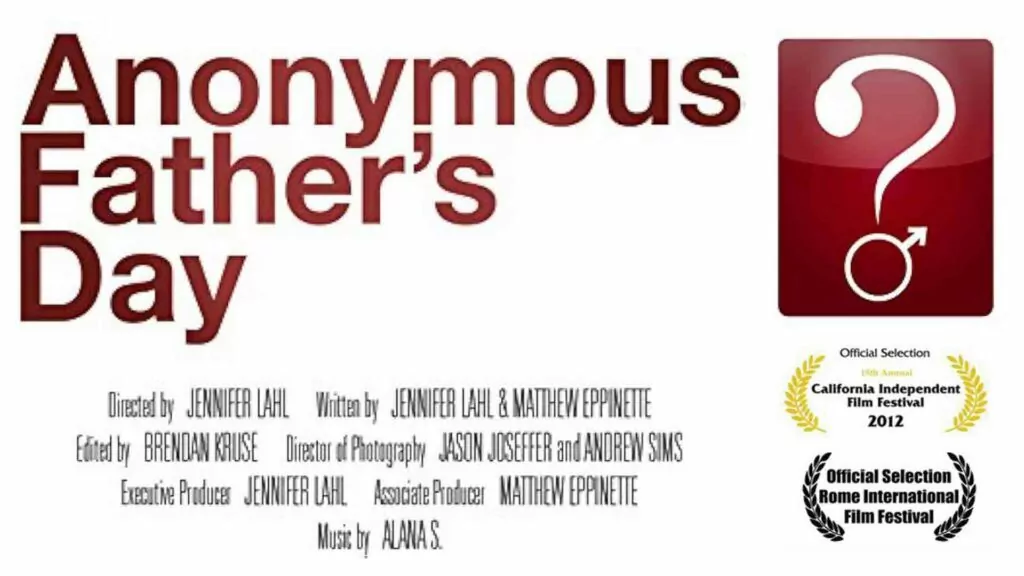Was Hans Christian Andersen thinking of Romans 12:3-8 when he wrote this? Perhaps not…. but he could have been.
*****
It was the month of May. The wind still blew cold, but from bush and tree, field and flower, came the whisper “Spring has come.” Wildflowers covered the hedges, and under one little apple-tree, Spring seemed especially busy, telling his tale to one of the branches which hung fresh and blooming, and covered with delicate pink blossoms that were just ready to open.
Now the branch knew well how beautiful it was – this knowledge exists as much in the leaf as in our blood. I was not surprised when a nobleman’s carriage, in which sat a young countess, stopped in the road right by. She said that an apple-branch was a most lovely object, and an example of spring at its most charming its most charming. Then the branch was broken off for her, and she held it in her delicate hand, and sheltered it with her silk parasol.
Then they drove to the castle, in which were lofty halls and splendid rooms. Pure white curtains fluttered in every open window, and beautiful flowers stood in shining, transparent vases. In one of them, which looked as if it had been cut out of newly fallen snow, the apple-branch was placed, among some fresh, light twigs of beech. It was a charming sight.
Then the branch became proud, which was very much like human nature. People of every description entered the room, and expressed their admiration. Some said nothing, others expressed too much, and the apple-branch very soon came to understand that there was as much difference in the characters of human beings as in those of plants and flowers. Some are all for pomp and parade, others are busy trying to maintain their own importance, while the rest might not be noticed at all. So, thought the apple-branch, as he stood before the open window, from which he could see out over gardens and fields where there were flowers and plants enough for him to think and reflect upon, it is the way of things that some are rich and beautiful, some poor and humble.
“Poor, despised herbs,” said the apple-branch, “there is really a difference between them and one such as I. How unhappy they must be, if that sort can even feel as those in my position do! There is a difference indeed, and so there ought to be, or we should all be equals.”
And the apple-branch looked with a sort of pity upon them, especially on a certain little flower that is found in fields and in ditches. No one gathered these flowers together in a bouquet; they were too common. They were even known to grow between the paving stones, shooting up everywhere, like bad weeds, and they bore the very ugly name of “dog-flowers” or “dandelions.”
“Poor, despised plants,” said the apple-bough again, “it is not your fault that you are so ugly, and that you have such an ugly name. But it is with plants as with men, – there must be a difference.”
“A difference?” cried the sunbeam, as he kissed the blooming apple-branch, and then kissed the yellow dandelion out in the fields. All were brothers, and the sunbeam kissed them all – the poor flowers as well as the rich.
The apple-bough had never considered the extent of God’s love, which reaches out over all of creation, over every creature and plant and thing which lives, and moves, and has its being in Him. The apple-bough had never thought of the good and beautiful which are so often hidden, but can never remain forgotten by Him – not only among the lower creation, but also among men.
However, the sunbeam, the ray of light, knew better. “You do not see very far, nor very clearly,” he said to the apple-branch. “Which is the despised plant you so specially pity?”
“The dandelion,” he replied. “No one ever gathers it into bouquets; it is often trodden under foot, there are so many of them; and when they run to seed, they have flowers like wool, which fly away in little pieces over the roads, and cling to the dresses of the people. They are only weeds. But of course there must be weeds. Oh, I am really very thankful that I was not made like one of these flowers.”
Soon after a group of children came to the fields, the youngest of whom was so small that he had to be carried by the others. And when he was seated on the grass, among the yellow flowers, he laughed aloud with joy, kicking out his little legs, rolling about, plucking the yellow flowers, and kissing them in childlike innocence. The older children broke off the flowers with long stems, bent the stalks one round the other, to form links, and made first a chain for the neck, then one to go across the shoulders and hang down to the waist, and at last a wreath to wear round the head. They all looked quite splendid in their garlands of green stems and golden flowers.
It was then that the oldest among them carefully gathered the faded flowers – those that were going to seed in the form of a white feathery crown. These loose, airy wool-flowers are very beautiful, and look like fine snowy feathers or down. The children held them to their mouths, and tried to blow away the whole crown with one puff of their breath.
“Do you see?” said the sunbeam, “Do you see the beauty of these flowers? Do you see their powers of giving pleasure?”
“Yes, to children,” scoffed the apple-bough.
By-and-by an old woman came into the field, and, with a blunt knife, began to dig round the roots of some of the dandelion-plants, and pull them up. With some of these she intended to make tea for herself, but the rest she was going to sell to the chemist, and obtain some money.
“But beauty is of higher value than all this,” said the apple-tree branch; “only the chosen ones can be admitted into the realms of the beautiful. There is a difference between plants, just as there is a difference between men.”
Then the sunbeam spoke of the abundant love of God, as seen in creation, and seen over all that lives, and of the distribution of His gifts to all.
“That is your opinion,” said the apple-bough.
Then some people came into the room, and, among them, the young countess – the lady who had placed the apple-bough in the transparent vase, so pleasantly beneath the rays of the sunlight. She carried in her hand something that seemed like a flower. The object was hidden by two or three great leaves, which covered it like a shield, so that no draft or gust of wind could injure it. And it was carried more carefully than the apple-branch had ever been. Very cautiously the large leaves were removed, and there appeared the feathery seed-crown of the despised dandelion. This was what the lady had so carefully plucked, and carried home so safely covered, so that not one of the delicate feathery arrows of which its mist-like shape was so lightly formed, should flutter away. She now drew it forth quite uninjured, and wondered at its beautiful form, and airy lightness, and singular construction, so soon to be blown away by the wind.
“See,” she exclaimed, “how wonderfully God has made this little flower. I will paint it with the apple-branch together. Every one admires the beauty of the apple-bough; but this humble flower has been endowed by Heaven with another kind of loveliness; and although they differ in appearance, both are the children of the realms of beauty.”
Then the sunbeam kissed the lowly flower, and he kissed the blooming apple-branch, upon whose leaves appeared a rosy blush.
This is a lightly modified/modernized version of Andersen’s “The Conceited Apple-Branch.”













